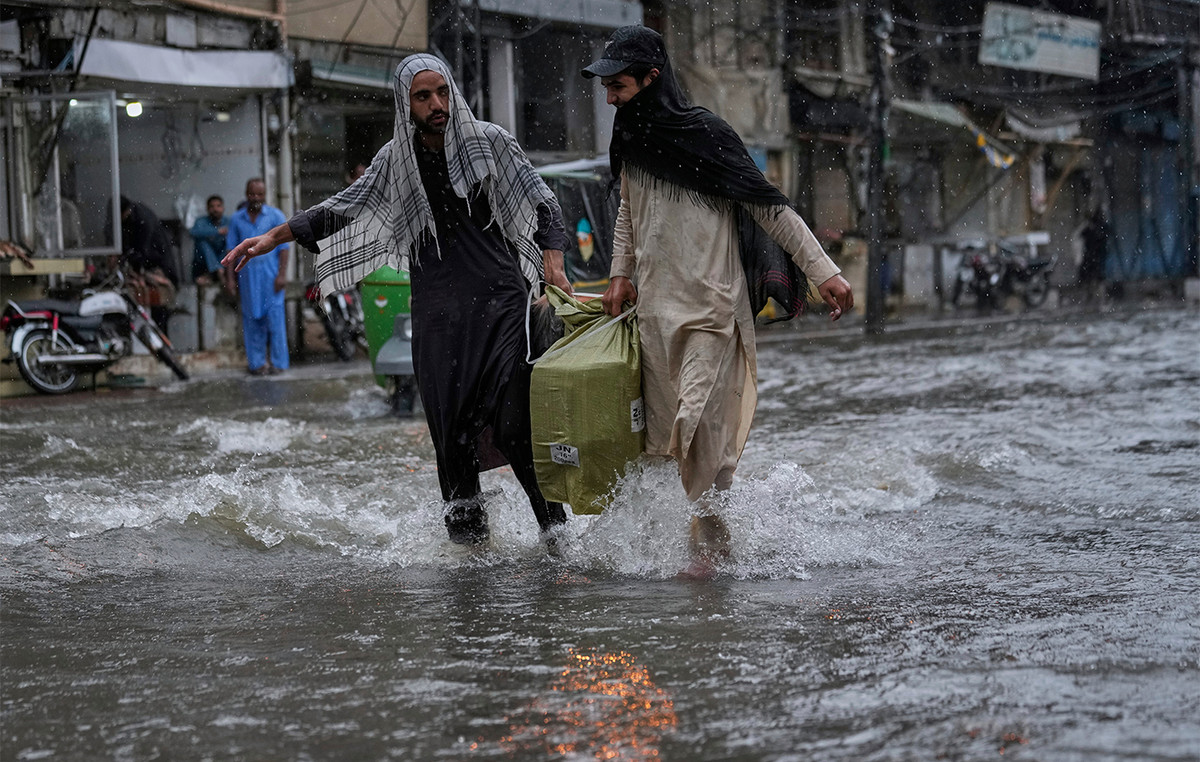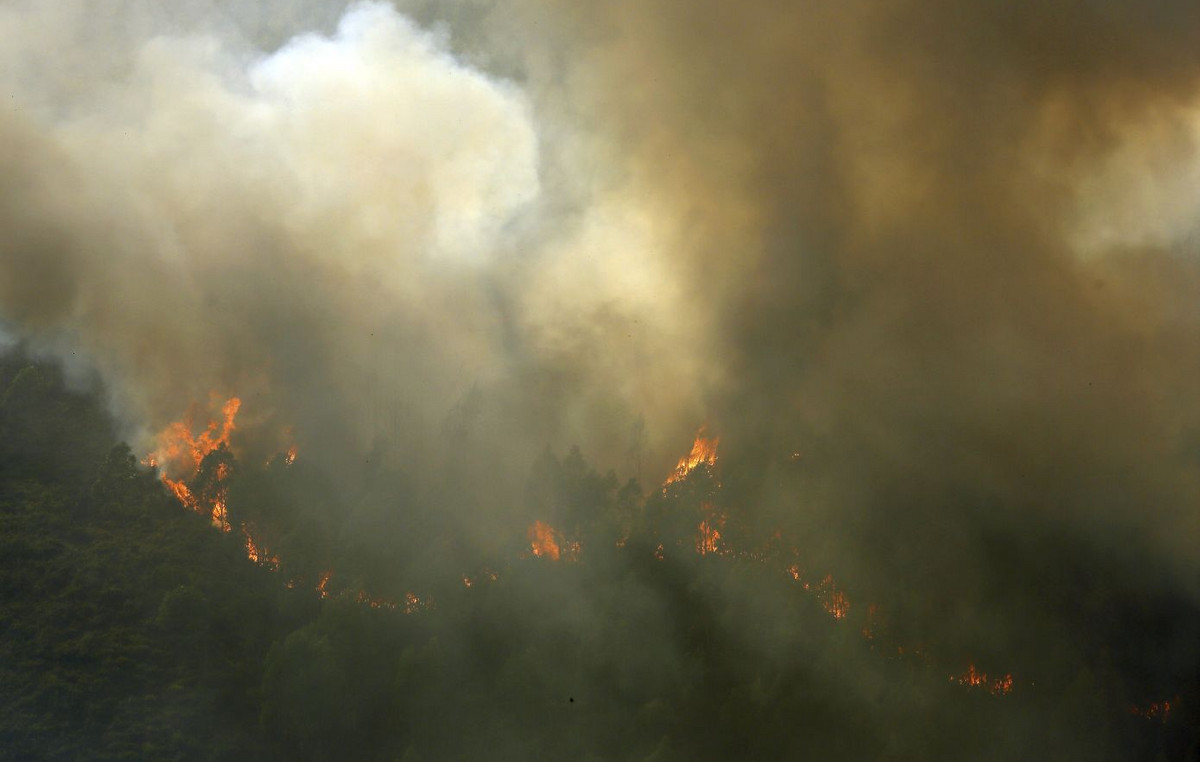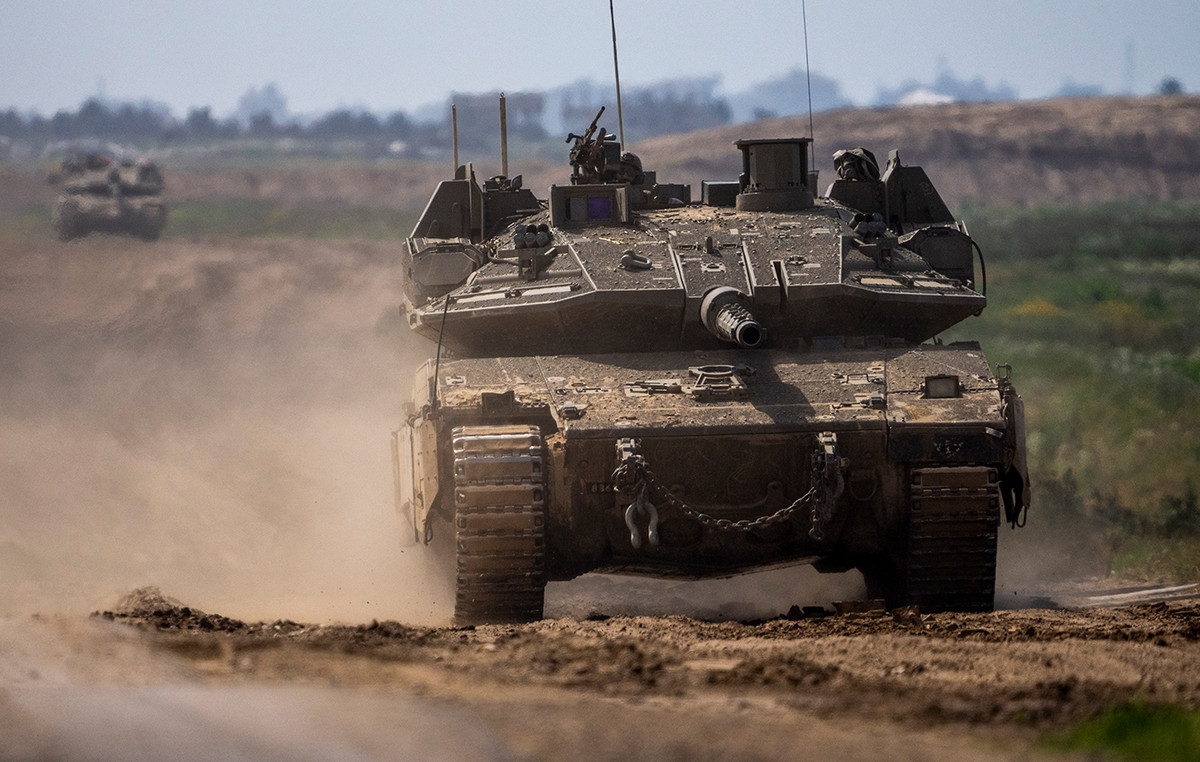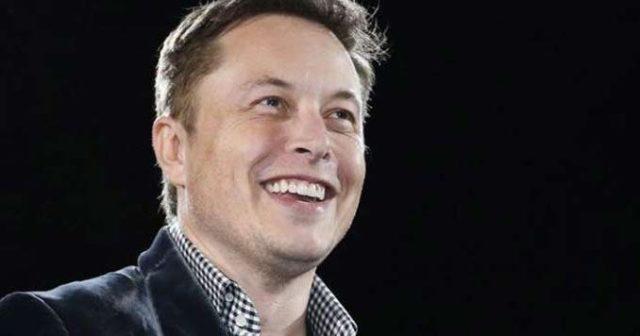Russia has spent the past seven years building formidable financial defenses, but in the long run its economy is unlikely to withstand the onslaught of coordinated Western sanctions.
Europe and the United States are imposing reprisals after President Vladimir Putin sent tanks into Ukraine, in addition to sanctions already promised in response to the Russian leader’s decision to recognize the independence of two breakaway Ukrainian provinces.
“The view that Russia will not be affected is wrong. The negative effects may not be felt at first, but the sanctions will undermine Russia’s long-term potential,” said Christopher Granville, managing director at consultancy TS Lombard and a veteran Russia observer.
The West’s measures include sanctioning and freezing the assets of more Russian banks and businessmen, suspending fundraising abroad, freezing an $11 billion gas pipeline project to Germany and limiting access to high-tech items such as semiconductors.
Russia called the sanctions against the interests of those who imposed them. And they won’t immediately affect an economy with $643 billion in foreign exchange reserves and growing oil and gas revenues.
These ratios have earned Russia the nickname of the “fortress” economy, along with an annual current account surplus of 5% of GDP and a debt-to-GDP ratio of 20%, among the lowest in the world. Only half of Russian liabilities are in dollars, down from 80% two decades ago.
These statistics stem from years of savings since sanctions imposed after Putin’s annexation of Crimea in 2014.
According to Granville, rising oil prices will give Russia an extra 1.5 trillion rubles ($17.2 billion) this year with taxes on energy companies’ profits.
But this kind of autarky comes at a price – it deepens the isolation of the world economy, markets and investment – he noted.
“Russia will essentially be treated as a hostile state, isolated from global flows, investment and other normal economic interactions that build up living standards, income, productivity and corporate profitability.”
Signs of economic vulnerability are already present. Russian household incomes are still below 2014 levels, and in 2019, before the Covid-19 pandemic, annual economic output was valued at $1.66 trillion, according to the World Bank, well below $2. .2 trillion in 2013.
Sergei Guriev – an economics professor at Sciences Po in France and former chief economist at the European Bank for Reconstruction and Development – pointed out that Russian nominal GDP per capita, double that of China in 2013, is now lagging behind.
“In 2013, Russia was a high-income country and was actively negotiating OECD membership. Russia is now back to middle-income status,” he said.
falling influence
Foreign investors in Russia are also a dwindling tribe.
A JPMorgan survey of clients showed that foreign holdings in ruble-denominated bonds were the lowest in two decades; Equity investing never returned to pre-Crimean levels in absolute terms, estimated Copley Fund Research.
“Sanctions will force Russia to self-finance more and more activities, restricting investment in industry and the military,” said Jeffrey Schott, a trade and sanctions expert at the Peterson Institute for International Economics.
Major attacks could include ending Russian access to the international SWIFT payment system and banning investments in Russia altogether.
Losing access to SWIFT would complicate export and import payments and could even prevent bond coupon payments, triggering technical defaults. JPMorgan projects that the sanctions will reduce GDP growth by up to 3.5 percentage points in the second half of 2022.
Limited access to foreign capital leaves oil companies dependent on prepayment agreements and facing significantly higher capital costs, the US bank added.
Source: CNN Brasil
I am Sophia william, author of World Stock Market. I have a degree in journalism from the University of Missouri and I have worked as a reporter for several news websites. I have a passion for writing and informing people about the latest news and events happening in the world. I strive to be accurate and unbiased in my reporting, and I hope to provide readers with valuable information that they can use to make informed decisions.







